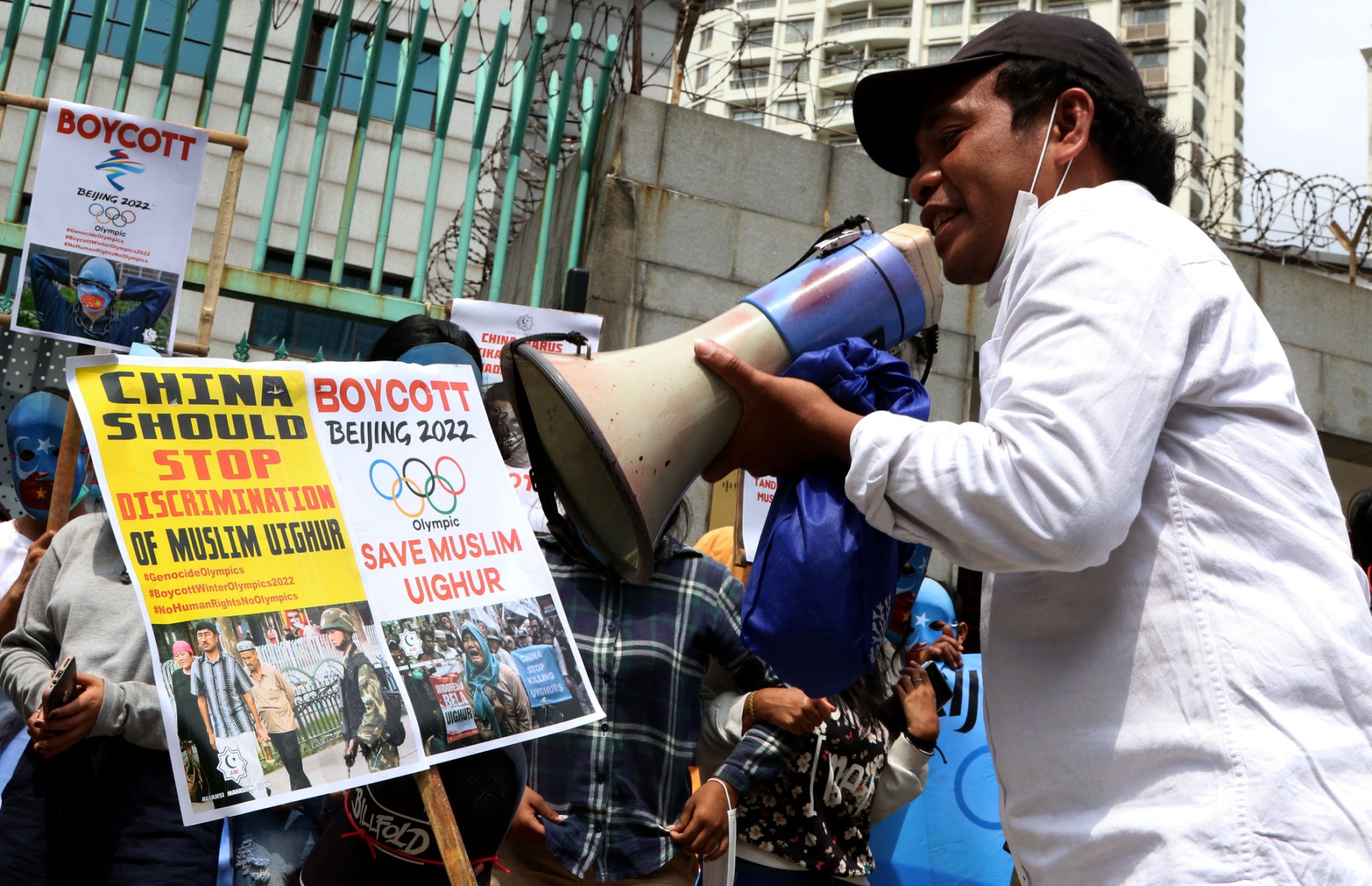The year 2021 witnessed an unprecedented escalation in government restrictions on religious practices globally, marking the highest level of limitations and actions against religious freedoms.
In a report published in March, the Pew Research Center indicated that laws, policies, and actions by state officials that limit religious beliefs and practices in 198 countries have reached a new peak.
The study said two of the most common forms of government restrictions worldwide are “harassment of religious groups” and “interference in worship”.
It revealed that the global median level of government restrictions on religion saw a notable increase, escalating to 3.0 in 2021 from 2.8 in 2020.
This uptick on the Government Restrictions Index, a comprehensive 10-point scale that evaluates 20 different indicators of religious restrictions, marked the highest global median score recorded since the initiation of the study in 2007.
Despite a slight decrease in the number of countries categorized under “high” or “very high” levels of government restrictions—from 57 countries (29%) in 2020 to 55 countries (28%) in 2021— the study said the overall median index score witnessed an increase.
This paradoxical rise, occurring against a backdrop of a small reduction in countries with heightened restrictions, was attributed to a greater number of countries experiencing increases in their index scores compared to those recording decreases.
The year 2021 also set a grim record for the harassment of religious groups by governments, with 183 countries embroiled in such incidents, the largest number since the inception of the Pew Research Center’s tracking.
Furthermore, governments interfered with worship practices in 163 countries, a figure slightly lower than the previous year but alarmingly close to the historical high.
These findings indicate an increasing intrusion of governments into the religious practices of their citizens, raising concerns about the state of religious freedom globally.
The global median level of social hostilities involving religion, which encompasses violence and harassment by private individuals, organizations, or groups, experienced a decline.
Dropping from 1.8 in 2020 to 1.6 in 2021 on the Social Hostilities Index—a 10-point scale with 13 indicators—this slight decrease offers a glimmer of hope amidst the overarching trends of governmental restrictions.
Nevertheless, the number of countries with “high” or “very high” levels of social hostilities rose to 43 (22% of all studied) in 2021 from 40 countries (20%) in 2020.
Although this is an increase, it remains closer to the study’s low point than to its peak, suggesting a complex and nuanced landscape of religious tolerance and intolerance across the globe.
The global landscape of government restrictions on religion, as reported by the Pew Research Center, reveals significant regional disparities, with some areas experiencing markedly higher levels of control.
Notably, the median score on the Government Restrictions Index remained steady at 4.2 in the Asia-Pacific region and at 2.6 in sub-Saharan Africa, indicating a persistent clampdown in these areas.
The Asia-Pacific region, in particular, stands out for its “very high” levels of government restrictions, with countries like China, Afghanistan, and Iran leading in terms of stringent controls.
China’s approach to religious restriction has been notably severe, with the Chinese Communist Party actively limiting the activities of religious groups perceived as threats.
This has led to the detention of more than one million individuals from Muslim groups such as the Uyghur Muslims, ethnic Kazakhs, Hui, along with some Christians, in internment camps since 2017—a move that has drawn international condemnation and highlighted the extensive reach of China’s religious restrictions.
Afghanistan saw a significant shift in 2021 with the Taliban’s takeover in August, which resulted in the imposition of a strict interpretation of Islamic law.
This new regime introduced decrees affecting various aspects of daily life, including women’s clothing, men’s facial hair, and enforced gender segregation, showcasing a drastic shift towards authoritarian religious governance.
In Iran, the situation for religious minorities worsened following legislative changes that criminalized the insult of Islamic schools of thought and any proselytizing activities conflicting with Islam.
These measures have made religious minorities increasingly vulnerable to restrictions and persecution. Reports from organizations like United for Iran highlight the grim reality faced by those charged with “enmity against God” or “armed rebellion against Islamic rule,” with at least 62 individuals reportedly imprisoned or executed in 2021 alone.







